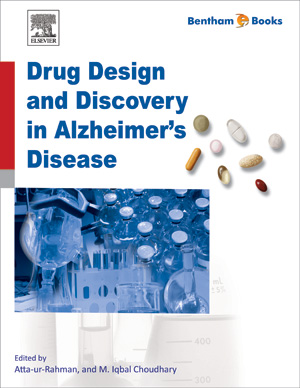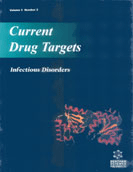Abstract
Alzheimer's disease (AD) has a progressive neurodegenerative pathology with severe economic and social impact. There is currently no cure, although cholinesterase inhibitors provide effective temporary relief of symptoms in some patients. Nowadays, drug research and development are based on the cholinergic hypothesis that supports the cognition improvement by regulation of the synthesis and release of acetylcholine in the brain. There are only five commercial medicines Donepezil, galantamine, memantine, rivastigmine, tacrine approved for treatment of AD. Natural products have played an important alternative role in the research for new acetylcholinesterase inhibitors, as exemplified through the discovery of galantamine. AD is the dementia associated with aging, which initially targets memory and progressively destroys the functions of the brain, as the neocortex suffers neuronal, synaptic, and dendritic losses. The whole phenomena proliferate due to deposition of amyloid plaques. The goal of the present work is to analyse the search on drugs for the treatment and prevention of AD in the light of Acetyl cholinesterase activity. It is based on systematisation of the data on biochemical and structural similarities in the interaction between physiologically active compounds and their biological targets related to the development of such pathologies.
Keywords: Acetylcholinesterase, acetyl cholinesterase and disease dementia, adamantyl derivative, Alzheimer’s disease, 7-Azaindole, butyrylcholinesterase, dementia of natural product, drugs available for senile, enzyme and dementia, enzyme inhibition and alzheimer, galantamine, loss of memory and plaque formation, mechanism of dementia drugs, microtubule, napthyl derivative, nitrophenacyl derivative, physostigmine, regulation of memory by effective bioactive agents, synthetic drugs and alzheimer disease, synthesis, solving the mystery of dementia.






















